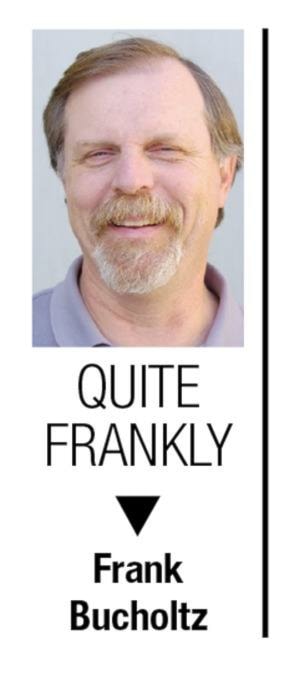A group of academics and former politicians is adding fuel to an already raging fire.
The fire is the issue of paying to use infrastructure to get around in urban areas, which in Canada is becoming increasingly congested. There was plenty of discussion about this in the recent federal election, with all three major parties promising to spend more on infrastructure. Significantly, tolls and road pricing were barely mentioned.
Many Surrey, Delta, White Rock and other South Fraser residents are already paying a form of congestion tax. As the primary users of the Port Mann and Golden Ears bridges, they pay every time they cross.
The Pattullo Bridge is supposedly the “free” alternative to the Port Mann, but it is in poor condition and is itself badly congested. There is no replacement on the horizon.
There are no “free” alternatives to the Golden Ears, which due to the toll is by far the least-congested Fraser River crossing in the Lower Mainland. It gets a reasonable amount of use, because there are few alternatives to get to and from Maple Ridge and Pitt Meadows.
Transit on both spans is minimal (one bus route on each bridge). This shortcoming adds to the widespread perception that the tolls are punishment for people who live in certain areas.
The academic-political group known as the Ecofiscal Commission is proposing a more comprehensive use of road pricing in congested areas, in particular Greater Vancouver, Toronto and Montreal. Road pricing of course has been discussed in this region by the Mayors’ Council and even half-heartedly endorsed as a long-term solution to transit funding woes. However, progress on the issue has been glacial, largely because the divisions of responsibility over transportation among the provincial government, TransLink and individual cities.
An interesting experiment in congestion pricing is just getting underway in the Seattle region, which is often even more congested than Metro Vancouver and has fewer transit options. Improvements to Interstate 405, which is a popular alternative to Interstate 5 through downtown Seattle, have created new tolled lanes. They take the place of the previous HOV lane on the stretch of I-405 between its northern junction with I-5 in Lynnwood and Bellevue.
There are no more free rides for vehicles with two occupants using the lanes in peak hours. Only with proper passes, and three or more occupants, can vehicles travel for free. Everyone else pays tolls, which vary widely based on the amount of traffic in the lanes and the distance travelled. The rates rise as more drivers use the lanes. Tolls can vary between 75 cents and $10. There are no “free” times when the lane can be used – it is a tolled lane, 24 hours a day.
The reaction has been mixed thus far. A blog post last week on the WashDOT site puts a good spin on the results after one month of operation, but reader comments are mainly negative, with some saying the new lanes have caused more traffic on I-5.
South Fraser residents in general have supported an even-handed approach to bridge tolling in the Metro Vancouver region, favouring suggestions of tolls of $1 or so for all bridges. This of course would reduce tolls on the Port Mann and Golden Ears, but add them to the Pattullo, Alex Fraser, Queensborough and Deas Island crossings.
Congestion taxation, toll lanes, more bridge tolls and other revenue sources to boost transportation spending and attempt to shape traffic patterns seem to be inevitable. They will likely find some favour with most drivers if they are applied in an even-handed fashion, at the lowest possible charge.
Frank Bucholtz is the recently retired editor of The Langley Times. He writes weekly for The Leader.
